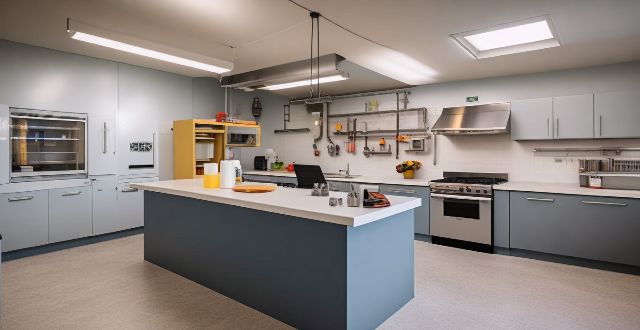Healthcare facilities must implement strict disinfection procedures to ensure patient safety and prevent disease spread. These include using PPE, practicing hand hygiene, cleaning and disinfecting surfaces, sterilizing critical instruments, and managing waste properly. Specific areas of concern are patient rooms, operating rooms, labs, waiting areas, and public spaces. Regular training, surveillance, and environmental monitoring are essential for maintaining effective disinfection practices.

Recommended Disinfection Procedures for Healthcare Facilities
Introduction
Healthcare facilities must adhere to strict disinfection procedures to ensure patient safety and prevent the spread of infectious diseases. These procedures involve a combination of cleaning, disinfecting, and sterilizing practices that target different surfaces and equipment within the facility.
General Guidelines
Personal Protective Equipment (PPE)
- All staff should wear appropriate PPE, including gloves, masks, gowns, and goggles, depending on the task and potential exposure risks.
Hand Hygiene
- Frequent hand washing with soap and water for at least 20 seconds or using alcohol-based hand rubs is essential before and after patient contact, after removing gloves, and before donning new gloves.
Cleaning and Disinfection
- Regularly clean all surfaces, including non-critical and critical medical devices, with an Environmental Protection Agency (EPA)-registered disinfectant.
- Pay special attention to high-touch surfaces like doorknobs, bed rails, and countertops.
- Use one-time use items where possible to minimize cross-contamination.
Sterilization
- Sterilize critical instruments that come into contact with sterile tissue or enter the vascular system.
- Ensure proper use of autoclaves, dry heat, or chemical vapor sterilizers.
Specific Areas of Concern
Patient Rooms
- Clean and disinfect rooms between patients.
- Terminally clean rooms where a patient with an infectious disease has been isolated.
Operating Rooms
- Maintain aseptic conditions during surgical procedures.
- Use sterile instruments and supplies.
- Clean and disinfect the room after each procedure.
Laboratories
- Follow biosafety protocols for handling specimens.
- Decontaminate work surfaces and instruments after each use.
Waiting Areas and Public Spaces
- Clean and disinfect frequently touched surfaces multiple times a day.
- Provide hand sanitizing stations for public use.
Waste Management
- Properly dispose of infectious waste in designated containers.
- Comply with regulations for sharps disposal.
Monitoring and Assessment
Surveillance
- Implement infection surveillance programs to monitor rates of hospital-acquired infections.
Environmental Monitoring
- Periodically test surfaces and air samples to assess the effectiveness of disinfection procedures.
Training and Education
- Regularly train staff on updated disinfection protocols and best practices.
- Educate patients and visitors about hygiene practices within the facility.
Conclusion
By following these recommended disinfection procedures, healthcare facilities can significantly reduce the risk of infection transmission and safeguard the health of their patients and staff. It is crucial to stay informed about the latest guidelines and adapt protocols as needed to address emerging pathogens and changing environmental factors.